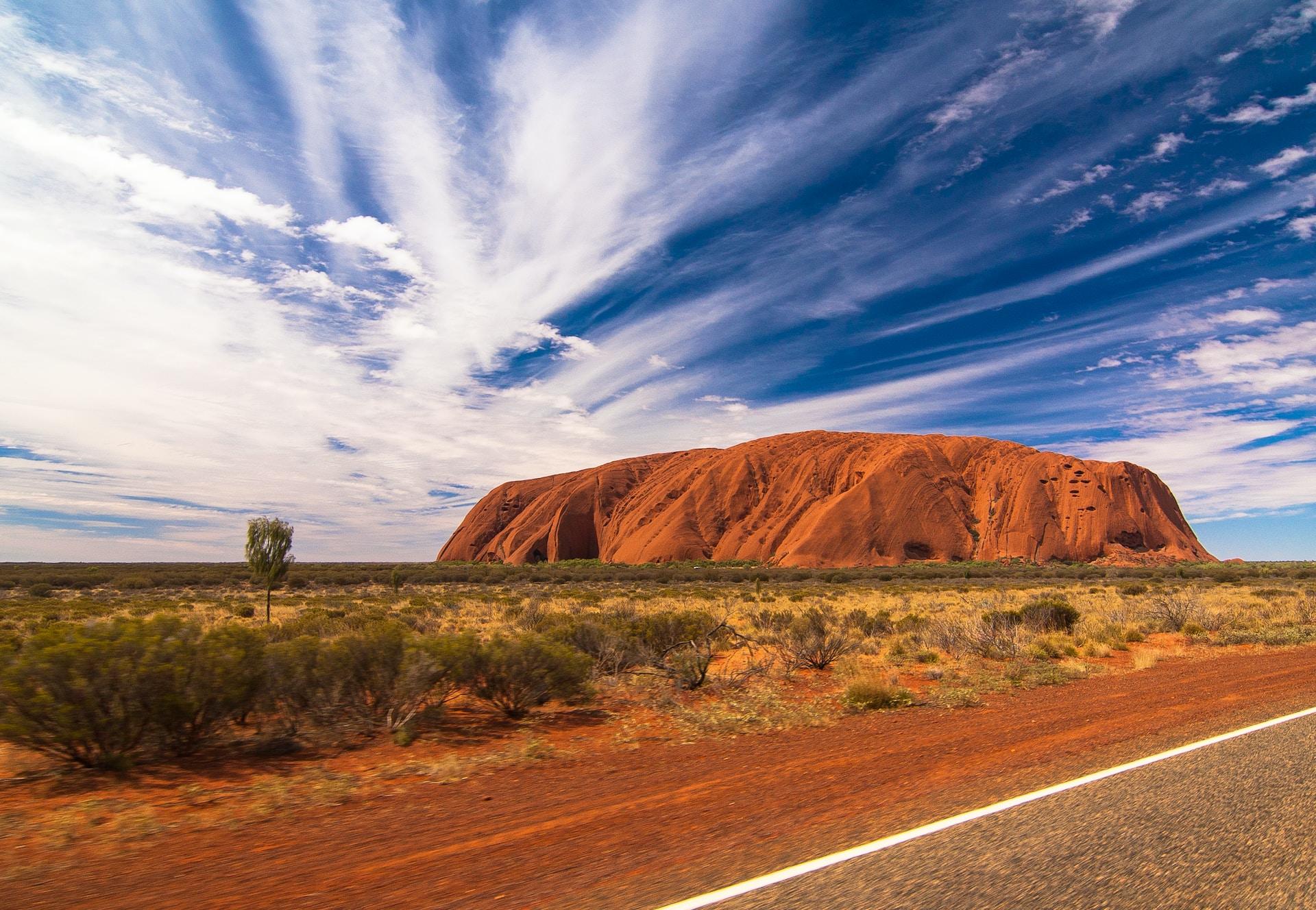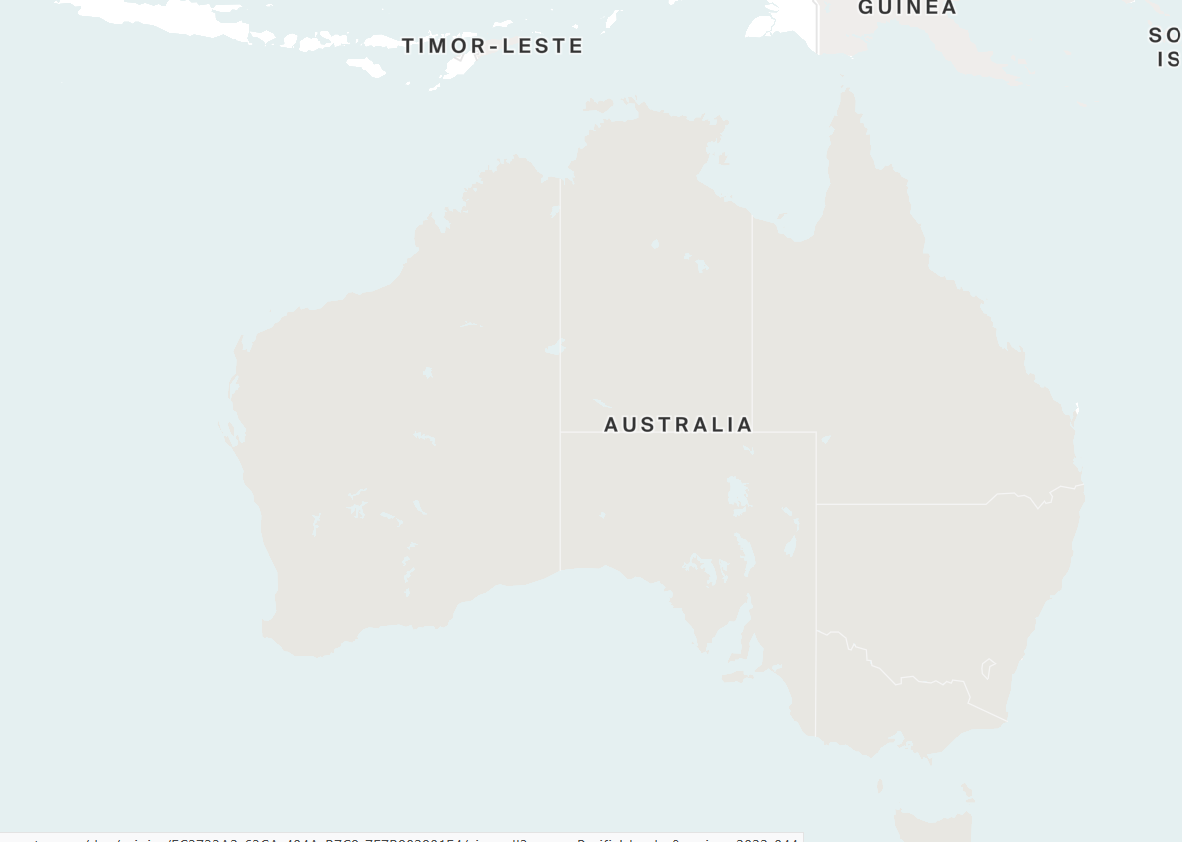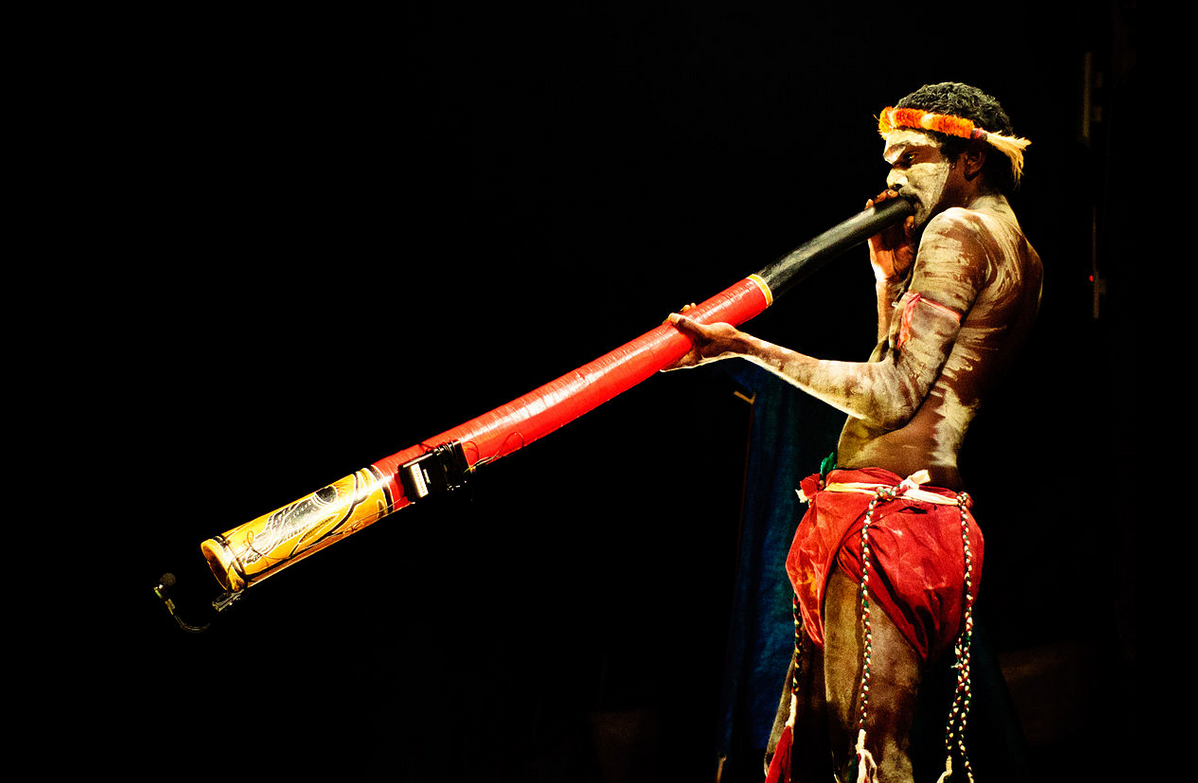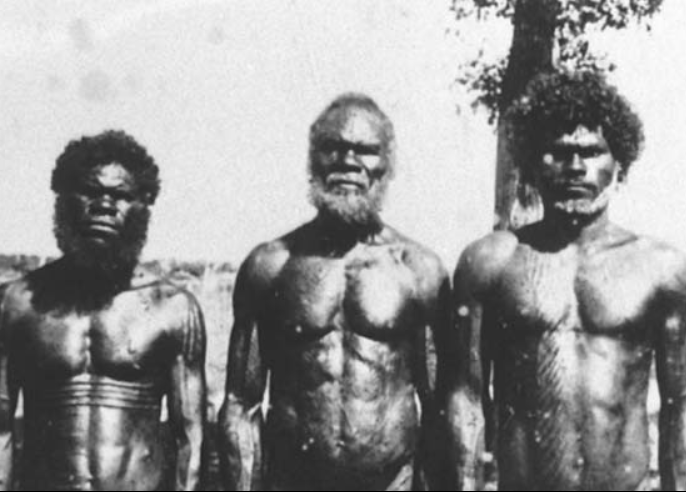What is Aboriginal and-or Torres Strait Islander Peoples DNA Ethnicity on Ancestry?
The results of our AncestryDNA tests may sometimes be what we expect or on occasion may be a big surprise. Either way, often we need a little more information regarding some of the regions that arise in our ethnicity estimates.

One region that is not at all uncommon is the Aboriginal and or Torres Strait Islander Peoples DNA region. Those who still live in this region already understand all about its history and culture. There are others, however, who may never have even visited or in fact been aware that they have ancestors from that area.
In this post we will go into more detail with regards to the history, geography and culture of the Aboriginal and or Torres Strait Islander Peoples Region. We will also discuss what it means to be from this region and how easy or difficult it might be to trace our roots in the Aboriginal and or Torres Strait Islander Peoples Region.
What Is the Aboriginal and or Torres Strait Islander Peoples DNA Region?
The Aboriginal and or Torres Strait Islanders Peoples DNA region covers the country of Australia and its surrounding islands. This includes the large island of Tasmania and the islands sitting in the Torres Strait that separates mainland Australia from Papua New Guinea.

Aboriginal Australian History
Prehistory
The ancestors of modern-day Australian Aboriginals arrived on a land mass from Southeast Asia during the Pleistocene sometime prior to 11,700 years ago. Known as Sahul this landmass consisted of Australia, Tasmania and New Guinea. Sea levels were so low during this period that these islands as they are today were actually a single landmass.

As sea levels began to rise the peoples who arrived and ultimately developed on the Australian mainland and the surrounding islands became more and more isolated. The earliest human remains found in the region date back roughly 41,000 years.
Historians suggest that it is unlikely that Aboriginal peoples originated only from mainland Asia as they would not likely have arrived in great enough numbers to build the population as it exists in modern times. This is why Southeast Asia is thought to be their place of origin and supports them being among the first humans to complete sea voyages.
Genetics
Studies of Aboriginal genetics have revealed that Indigenous Australian peoples largely descended from an Eastern Eurasian population wave. They are likely most closely related to other Oceanians, such as the Melanesians. Aboriginal Australians also show affinity to other Australasian populations, such as Negritos or indigenous South Asian groups, for example the Andamanese people, as well as to the East Asian peoples.
The Aboriginal people are genetically most closely related to the indigenous populations of Papua New Guinea, with a more distant relationship to groups from East Indonesia. They do not match up as closely to the indigenous populations of Borneo and Malaysia. This supports the likelihood that populations in Australia were isolated for a long time from their ancestral southeast Asia origins. This means they likely remained untouched by further migrations and population expansions into their region.
Changes in Aboriginal Society
Around 4,000 years ago a number of notable events and changes took place in the region we know today as Australia. The Dingo for instance arrived in the region and may have originated from a wild dog species from the Yellow River region of China. Additionally linguistic changes were taking place and advances in stone tool technology took place. The language and tool changes are thought based on genetic indications to have come from India.
An Old Culture
The Aboriginal Australian culture is considered one of the oldest continuous cultures on the planet. Isolated for most of its history when the Europeans first made contact, they found a complex hunter-gatherer society with diverse economies and societies. There were about 250 different language groups within the peoples that the Europeans first contacted.

Torres Strait Islanders
The Torres Strait Islanders seem to have first settled their islands around 4,000 years ago. They are culturally and linguistically distinct from the Aboriginals of the and were seafarers. They sustained their society with seasonal horticulture and the resources of their reefs and seas.
Although ancestrally the Torres Strait islanders share undeniable links with the mainland Aborigines they also share commonality with the people of Papua New Guinea. This means that although the two groups are closely related there is an undeniable difference between them.
British Colonization
It was in 1770 that the first contact between British explorers and Indigenous Australians occurred. This happened when Lieutenant James Cook came into contact with the Guugu Yimithirr people around the region now known as Cooktown. Cook claimed the east coast of Australia for Great Britain naming it New South Wales.
Cook's orders were to essentially look for a substantial continent and make an agreement with any indigenous peoples to claim portions of land in the name of the King. As the indigenous population did not practice farming however the British government decided that the aboriginals were not the owners of the land. This led to British colonization of Australia which began at Port Jackson in 1788.
The instructions given to the first government were to make peace with the locals and to as much as possible win their loyalty and punish any who would seek to destroy them.
Resistance
The local groups such as the Eora, who first witnessed the colonization were surprised and responded with aggression. They disliked that the British were entering their lands and taking advantage of their resources without first asking permission. This very much went against Aboriginal societal traditions so the Eora tried to avoid the British for the first 2 years of the settlement.
Assimilation
As has been common with mass European settlement the effect on the indigenous Australians was much the same old story of deaths from conflicts and new diseases. The local population was greatly depleted by disease and those who survived the early years of colonization wound up living on the fringes of the growing European society.
It was in 1814 that the assimilation policy was first introduced by Governor Macquarie, who established the Native Institution in Blacktown. Their intent was "to effect the civilization of the Aborigines of New South Wales, and to render their habits more domesticated and industrious." This was done by enrolling children into residential schools.
The institution was closed soon after Macquarie was replaced as governor in order to cut spending.
How Did You Get Aboriginal and or Torres Strait Islander Peoples Region DNA?
If you already know that you had a family who came from Aboriginal and or Torres Strait Islander Peoples or any of the bordering states then you know why you have Aboriginal and or Torres Strait Islander Peoples region DNA. If this result came as a surprise you may not know how exactly you came by DNA from this region.
If you have a sizable percentage of DNA from this region then it is likely you have an ancestor who was born in or close to the country of Aboriginal and or Torres Strait Islander Peoples.
Is the Result Accurate?
When it comes to ethnicity estimates the higher the percentage you have from a certain region the more likely it is to be accurate. If your percentage is low, however, then it is harder to pinpoint exactly where your most recent ancestors came from.

A low result could mean a distant ancestor from that region. It is best to focus on your highest rated region's matches to determine where your ancestors came from more recently. A low percentage can often be hard to locate because the ancestor in question could be many generations back in your tree.
How to Research my Ancestry from These Regions
The results of a DNA ethnicity test are of course a great place to start especially if there is an unexpected result found in the report. As always of course the DNA cannot tell the whole story and we need to actually do the research work.
A percentage on an ethnicity estimate means very little unless you follow through and start building up your family tree. The relevant ancestors may be several generations back and it may take a lot of research to discover who they were.
If you have specific regions mentioned in your report then you have a good idea of where your ancestor may have originated from. Ancestry DNA even has migratory information from some of these regions through to the final settlement places in the United States or elsewhere in the world.
Using Ancestry you may be able to determine not only who your ancestors were but where they are from in the region and perhaps the reason they decided to move.
Final Thoughts
The Aboriginal and or Torres Strait Islanders DNA region pertains to the native peoples of the Australian mainland and the country's surrounding islands. These peoples were largely cut off from the rest of the planet for thousands of years until European settlement. They have struggled over the past few centuries to maintain their traditions and rights and although things are not perfect in recent decades steps have been taken to acknowledge their society.
Link To or Reference This Page
We spent a lot of time downloading, cleaning, merging, and formatting the data that is shown on the site.
If you found the data or information on this page useful in your research, please use the tool below to properly cite or reference Name Census as the source. We appreciate your support!
-
<a href="https://namecensus.com/blog/what-is-aboriginal-and-or-torres-strait-islander-peoples-dna-ethnicity-on-ancestry/">What is Aboriginal and-or Torres Strait Islander Peoples DNA Ethnicity on Ancestry?</a>
-
"What is Aboriginal and-or Torres Strait Islander Peoples DNA Ethnicity on Ancestry?". NameCensus.com. Accessed on May 7, 2024. https://namecensus.com/blog/what-is-aboriginal-and-or-torres-strait-islander-peoples-dna-ethnicity-on-ancestry/.
-
"What is Aboriginal and-or Torres Strait Islander Peoples DNA Ethnicity on Ancestry?". NameCensus.com, https://namecensus.com/blog/what-is-aboriginal-and-or-torres-strait-islander-peoples-dna-ethnicity-on-ancestry/. Accessed 7 May, 2024
-
What is Aboriginal and-or Torres Strait Islander Peoples DNA Ethnicity on Ancestry?. NameCensus.com. Retrieved from https://namecensus.com/blog/what-is-aboriginal-and-or-torres-strait-islander-peoples-dna-ethnicity-on-ancestry/.
